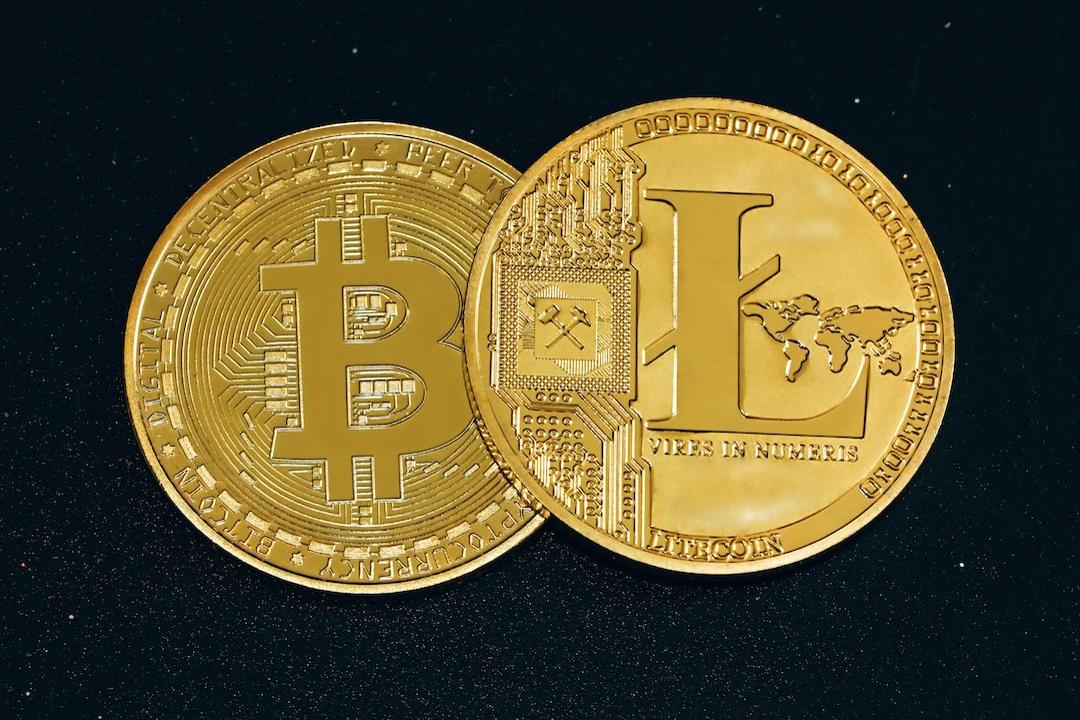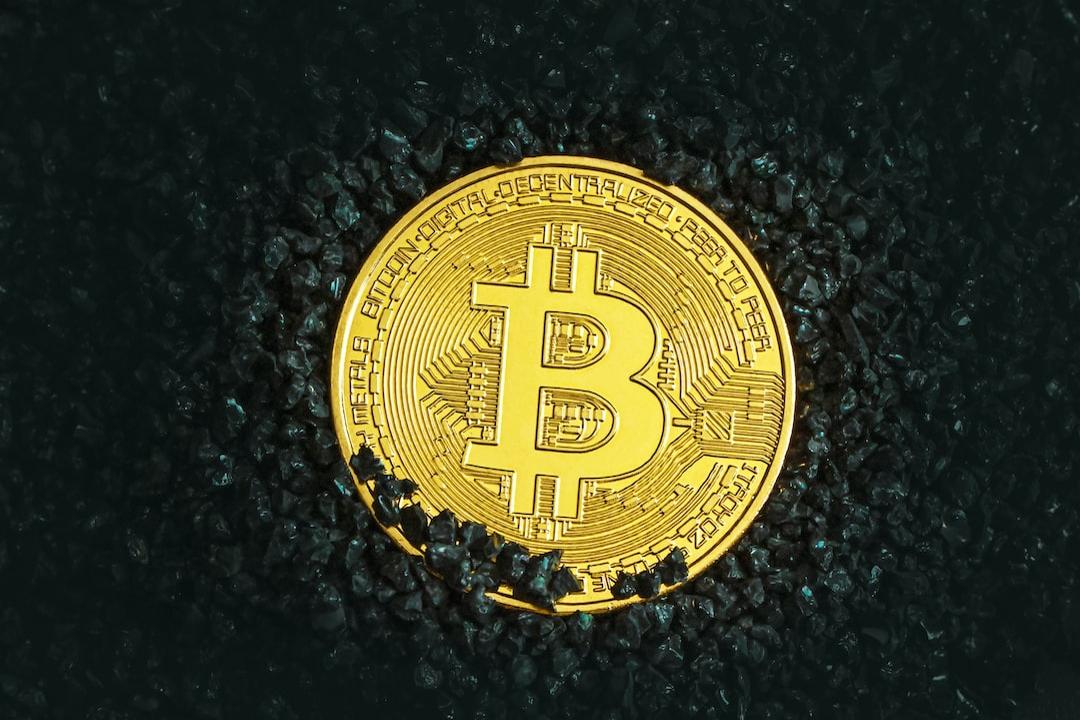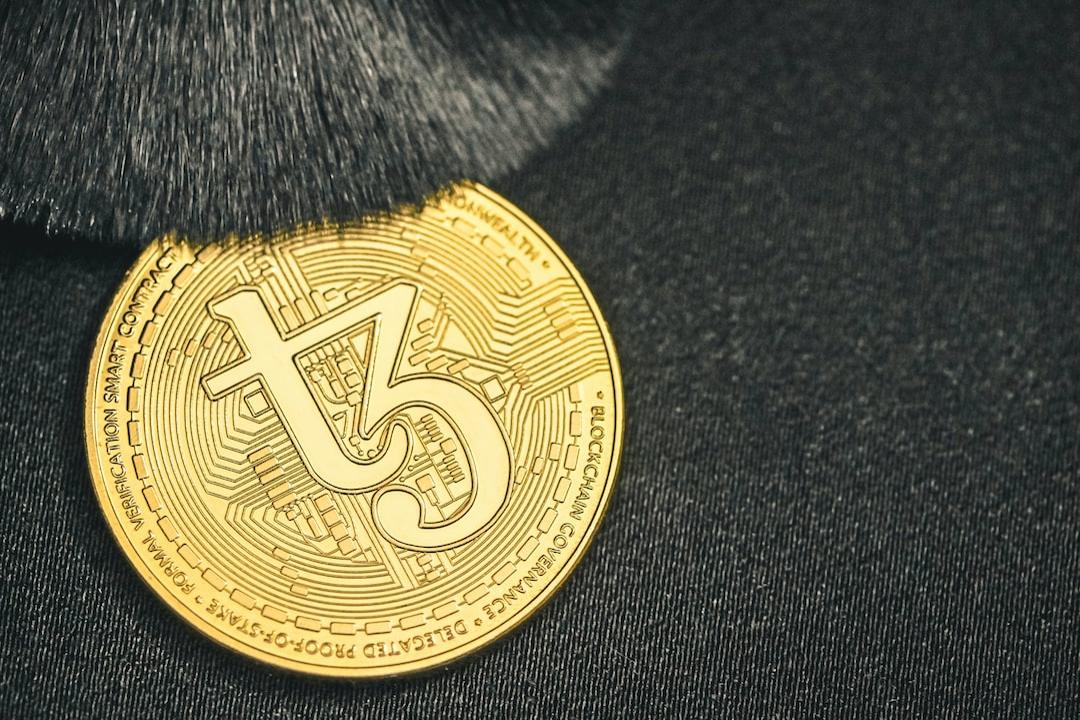Sui: What Has It Done Right, and Where Does It Differ from Competitors?
(Previous context: Overview of Perp DEXs on Sui chain: What are the differences among the four major protocols?)
(Background supplement: Delphi Digital: In-depth analysis of Sui’s Q1 ecological development)
On May 3, 2023, the Sui mainnet officially launched, marking two years since its inception. Many may recall that when Sui first went live, the situation was not as optimistic as it is today. The collapse of investor FTX forced the foundation to “buy back tokens” on its own and issue tokens during the bear market, causing the price to plummet from $1.7 to $0.4. Instead of a conventional token airdrop, Sui opted for a lottery-style token purchase, leading the community to flood social media with “No airdrop, No community,” and even calling it a “scam.”
In just two short years, everything has changed. In this cycle, where Bitcoin has finally broken through the $100,000 mark, Sui has undoubtedly emerged as a dark horse among new public chains. In the landscape of public chains, it is only slightly overshadowed by Solana, which has experienced a “rebirth” in this cycle.
In fact, the FDV (Fully Diluted Valuation) of Sui’s governance token SUI ranks sixth among all cryptocurrencies, following only BTC, ETH, XRP, SOL, and BNB, making it the sixth-largest crypto asset in the industry.

Cryptocurrency FDV rankings, data: CoinGecko
How has Sui achieved such impressive results? What exactly has it done right, and where do its competitors fall short? Taking the opportunity of Sui’s second anniversary, I, as a deeply engaged participant in its ecosystem, attempt to uncover the growth secrets behind Sui’s data through personal experiences and subjective insights.
DeFi Ecosystem
Today, Sui ranks ninth among all public chains with a DeFi TVL (Total Value Locked) of $1.78 billion, surpassing established public chains like Avalanche and Aptos, which launched its mainnet a year earlier using the Move programming language. However, Sui’s DeFi ecosystem was not built overnight.

Public chain DeFi TVL rankings, data: DeFiLlama
Like most “VC coins,” Sui’s mainnet activity data post-token launch was not impressive. The lack of users rendered DeFi inoperable. So how did Sui turn this situation around?
Quests: A Generous Token Distribution to Attract Initial Users
Beginning in July 2023, Mysten Labs (the developer of Sui) launched three rounds of Bullshark Quests in less than half a year. Users completing tasks could receive SUI token airdrops, with 5 million tokens distributed per round, for a total of 15 million tokens “distributed.”
It is worth noting that Sui’s early task incentive model was more “generous,” distributing rewards based on user participation rather than capital contributions. While those at the top of the rankings could receive a large number of tokens, ordinary retail users ranked lower also garnered decent earnings.
During this phase, a large number of retail users and airdrop studios flocked to the Sui ecosystem, helping to establish an objective early user base. Sui’s official rewards also left an impression of being “non-competitive” and “retail-friendly” in the airdrop arena. I was also drawn to the Sui ecosystem through the Quests at the end of 2023.

Token distribution amounts across different ranking tiers in Quest 3
Token Incentives: Strong Price Performance Alleviating Sell Pressure

Sui’s early TVL trend under token subsidies
Sui was one of the first new public chains in this cycle to offer interest subsidies to DeFi protocols using its tokens. Early agreements, even those relatively niche, could achieve annualized returns exceeding 100% through stablecoins. I participated in numerous DeFi mining activities and, lured by high interest rates, increased my capital deployment on Sui during this stage.

Early stablecoin LP staking rates in Aftermath reached as high as 110%
Subsequently, several public chains, including Aptos, Starknet, Sei, and ZKsync, emulated Sui’s substantial subsidies for the DeFi ecosystem, but their ecosystems did not achieve the same prosperity as Sui. Where does the difference lie? DeFi interest rates attracted mining whales, but as previously mentioned, the price performance of tokens was relatively weak. Large holders, aiming to lock in profits, were forced to “mine, withdraw, and sell,” creating ongoing sell pressure on the tokens, further driving down prices. Maintaining the same interest rates would require issuing an even larger number of tokens, creating a vicious cycle.
In contrast, SUI’s substantial token subsidies were issued when the token price was low. Following that, the price steadily increased, enhancing the willingness of whales to hold SUI tokens, thus reducing sell pressure. The amount of tokens required to maintain the same interest rate also decreased, resulting in a positive spiral of price growth and TVL increase.
Considering SUI’s current price, the actual annualized yield of the aforementioned DeFi protocol boasting 100% annualized returns could be over 300%, making the “mine, withdraw, and sell” strategy counterproductive.
Chinese Developers: High Efficiency
Due to the Taiwanese heritage of Mysten Labs’ founder Evan Cheng, there is a notably large Taiwanese team within the Sui ecosystem. Lending agreements like Scallop, options agreements like Typus, and stablecoin agreements like Bucket are all backed by Taiwanese teams.
The advantage of having many Chinese developers is high development efficiency and guaranteed code quality. In comparison, teams from Europe and the U.S. tend to approach their work in a more “laid-back” manner.

Mysten Labs co-founder and CEO Evan Cheng
Wealth Effect
The success of an ecosystem is intricately tied to its ability to create wealth for ordinary users and generate a wealth effect. If we were to look back from a god’s perspective at the timing of Solana’s recent rise, apart from its dominance in the meme sector, the wealth effect generated by Jito and the subsequent Jupiter airdrop attracted countless retail investors to fund Solana’s unissued token projects, driving DeFi development and proving to be an indispensable factor.
At the end of 2023 and the beginning of 2024, the top lending agreements on Sui, Scallop and Navi, also adopted Solana’s strategies, launching point systems and subsequently issuing tokens. A considerable number of funds from Solana’s overflow (undeniably, Solana was still the preferred choice at that time) participated in these two projects.

I invested $10,000 in the Scallop airdrop’s final opportunity, receiving a hot pot meal as my airdrop reward.
However, at this time (and indeed still now), Sui’s native projects could not support a high valuation. After witnessing airdrops in Solana worth hundreds or even thousands of dollars, users received SCA tokens worth only dozens or hundreds of dollars, leading to complaints about the lack of wealth effects for users.
Unexpectedly, SCA turned out to be one of the most generous airdrops in Sui’s ecosystem for a considerable duration, while neighboring Navi had even “forgotten” about airdrop users for over a year since its token issuance, using a points leaderboard to manipulate users for more than a year.
The official intervention created a wealth effect.
The issue of wealth effects isn’t unique; public chains like Aptos, Starknet, Sei, and ZKsync have not achieved success in this regard, suggesting that chains with wealth effects are indeed a rarity.

